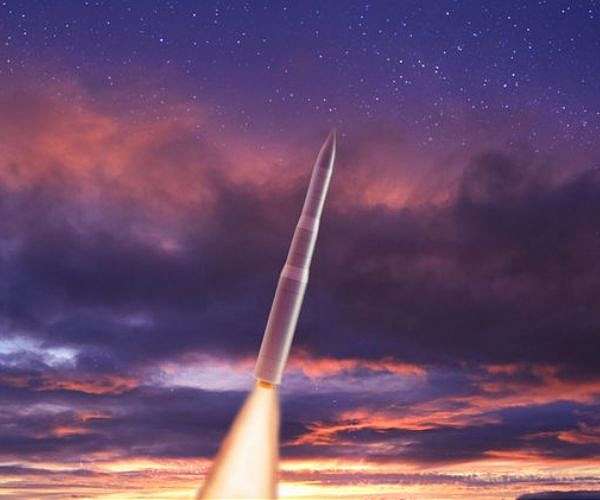Adam Lowther and Curtis McGiffin argue in this op-ed that added context is needed before deciding that the Sentinel ICBM is too expensive.

breakingdefense-com.cdn.ampproject.org
When the Cold War ended, the production of Peacekeeper was canceled. This left the nation with a force of only
50 Peacekeepers. This newest ICBM was retired in 2002, leaving the much older and less capable Minuteman III as the nation’s only ICBM.
In short, the United States kept its oldest intercontinental ballistic missiles in the field and took a three-decade-long holiday from building new ones. This robbed industry of a generation of engineers, scientists, and program managers with experience building ICBMs and their supporting infrastructure. It also ensured that no Air Force acquisition officer had any experience with ICBMs.



